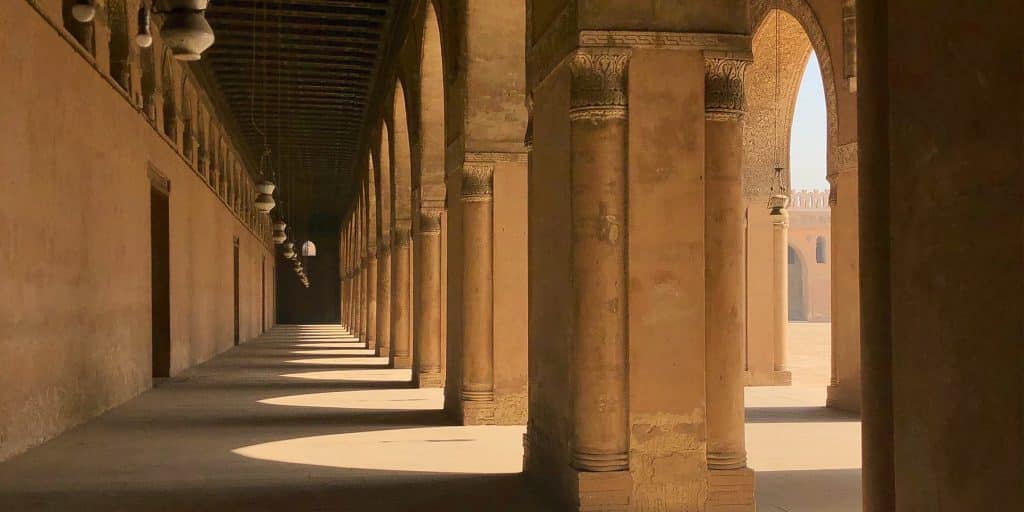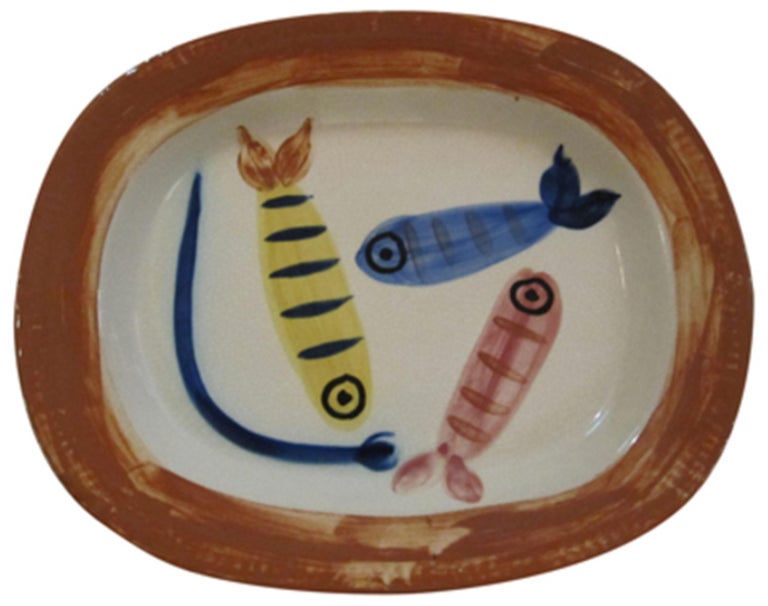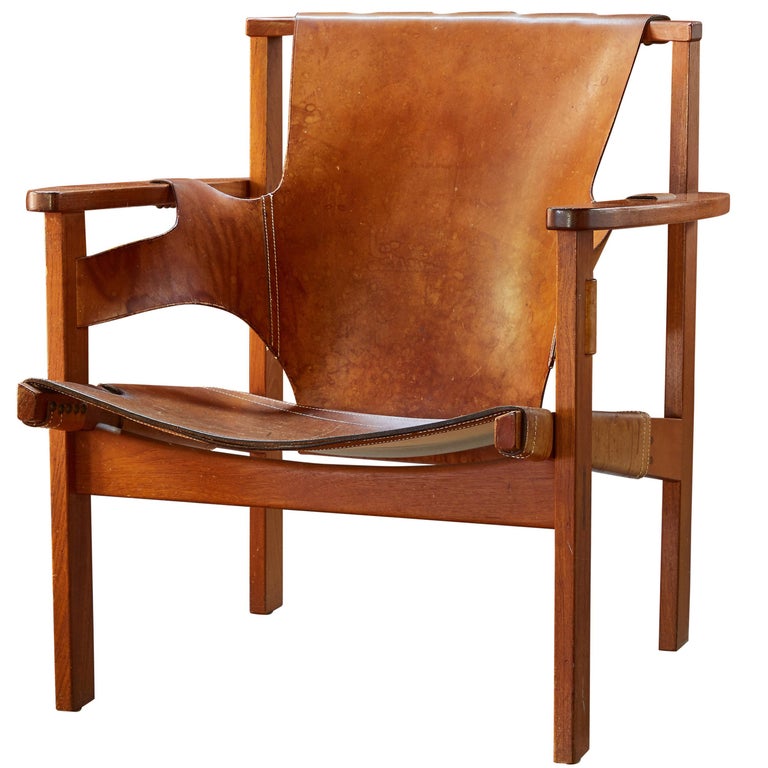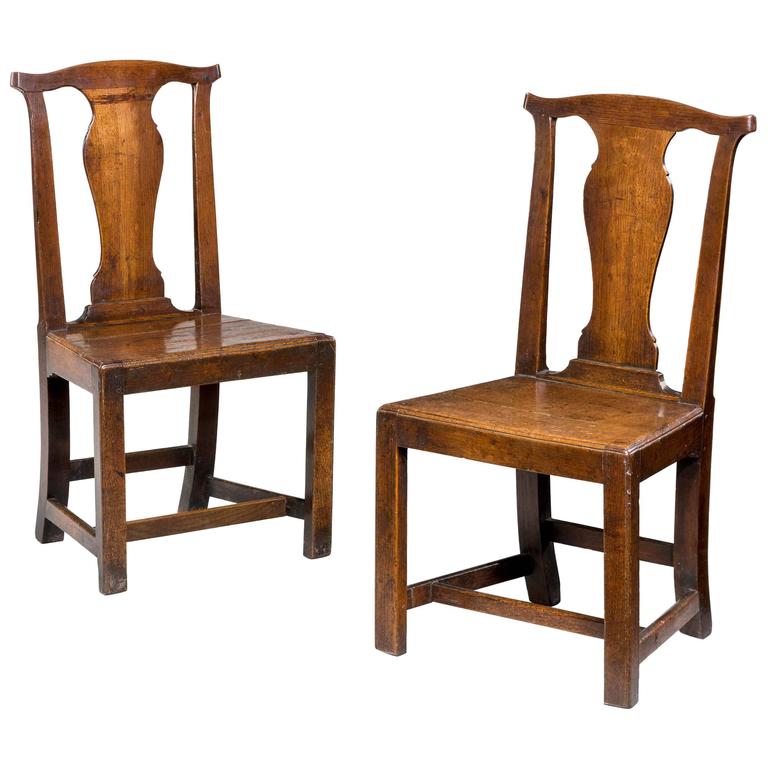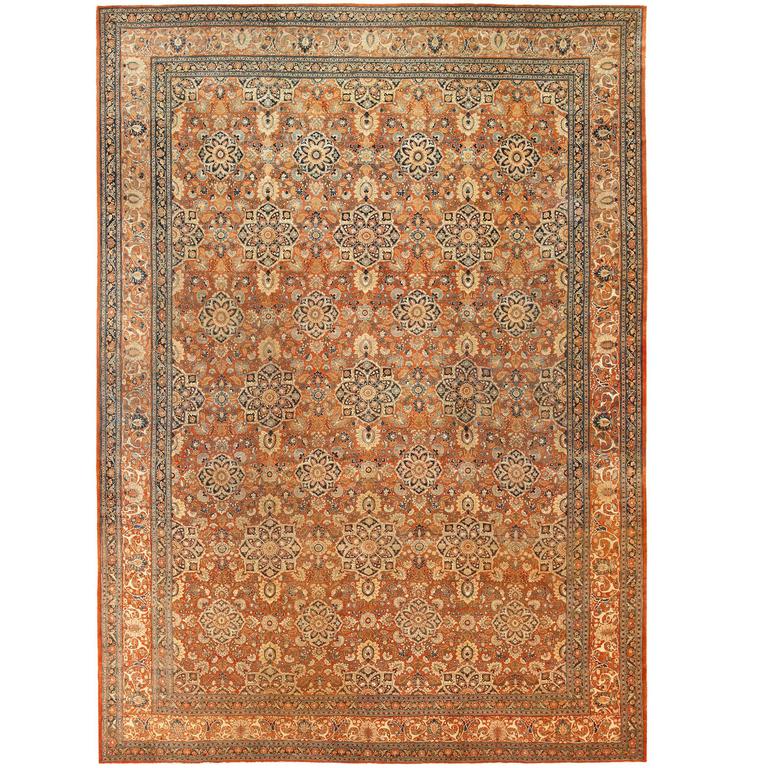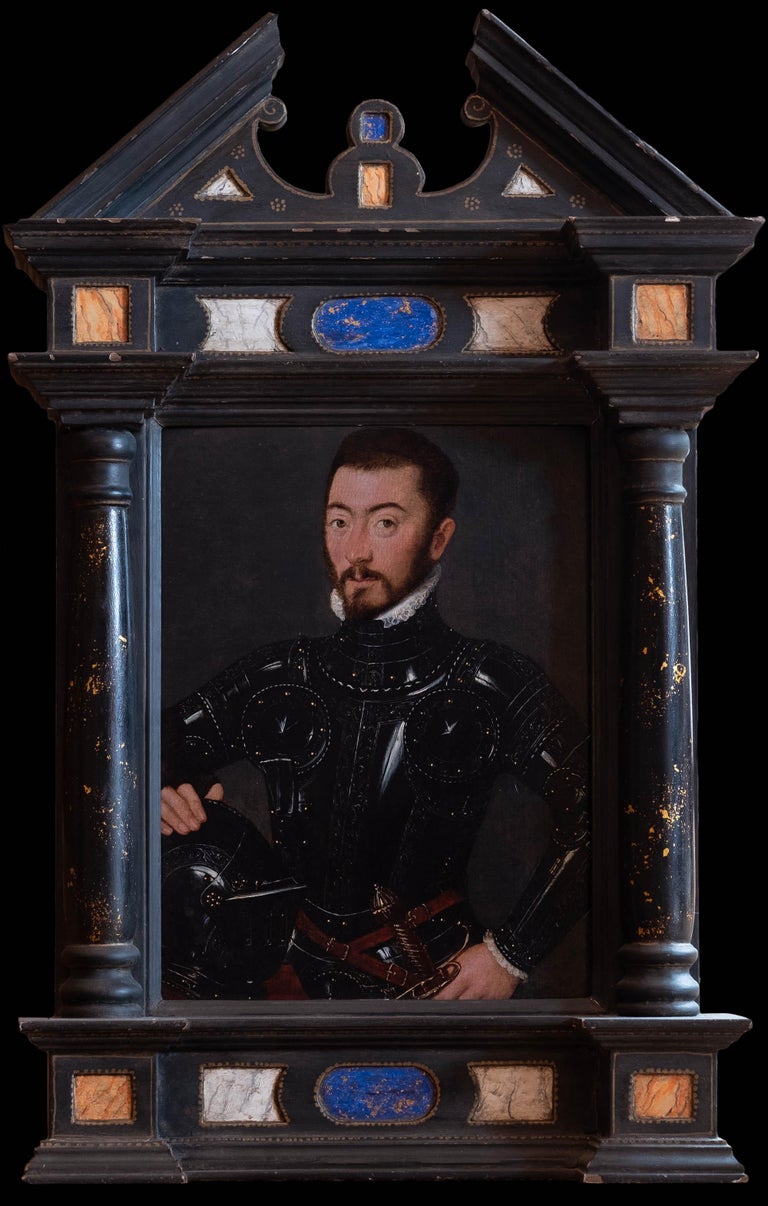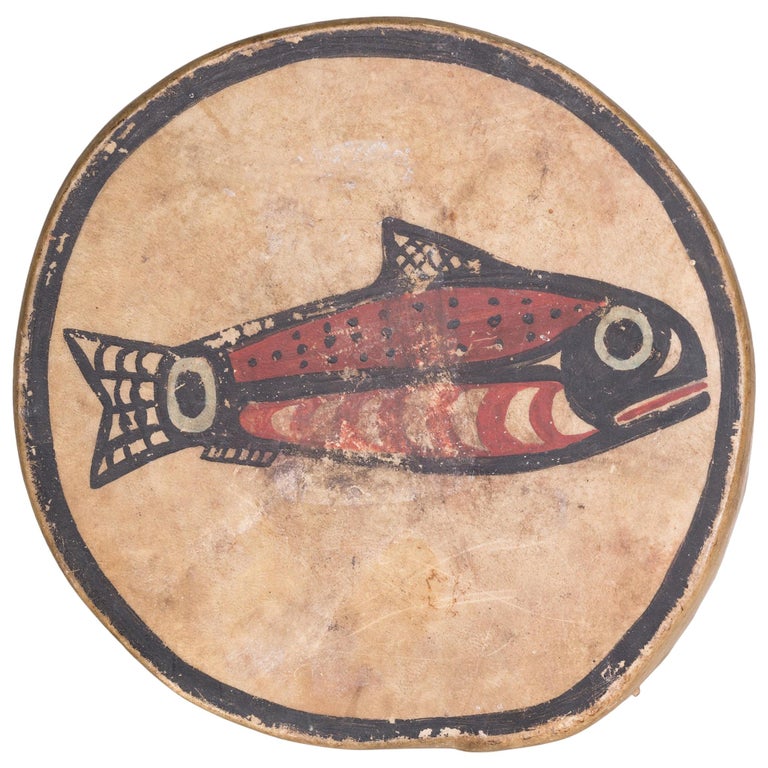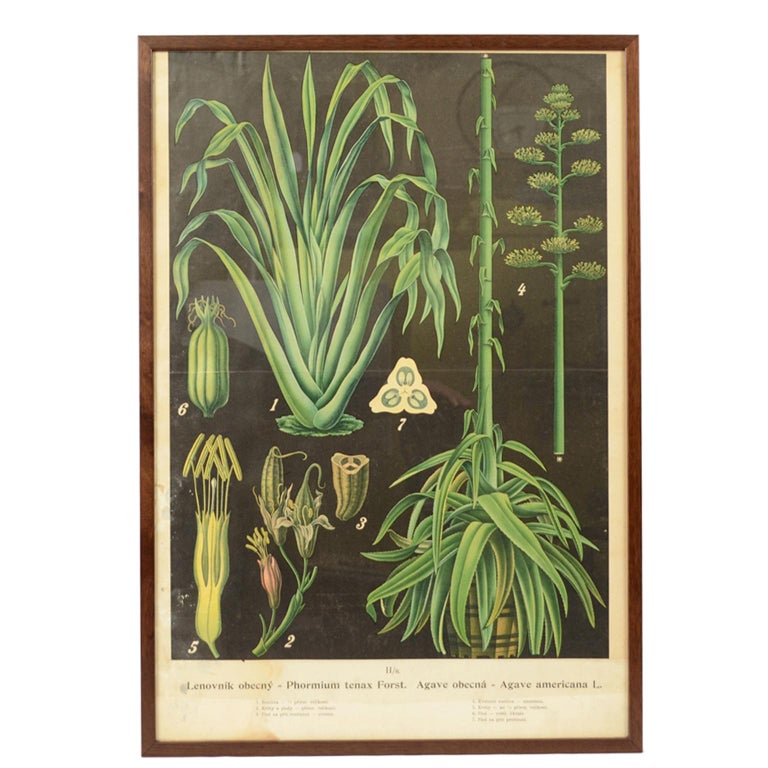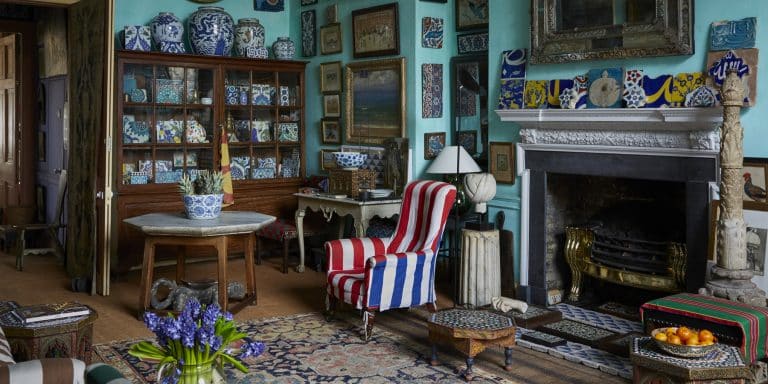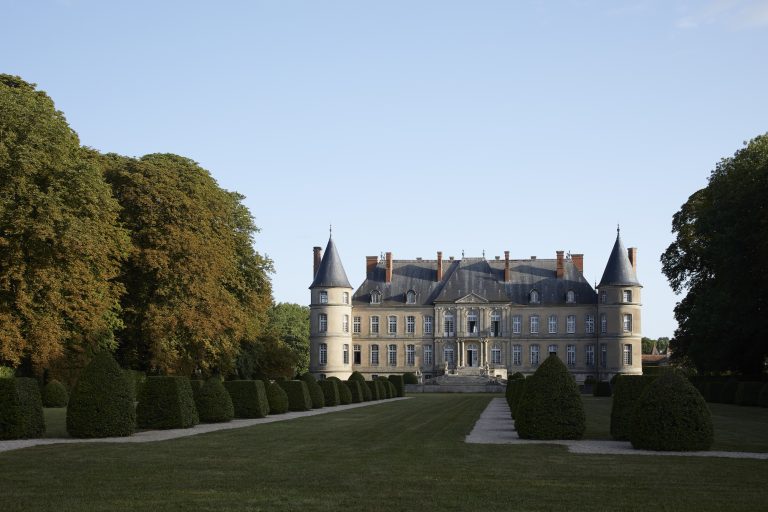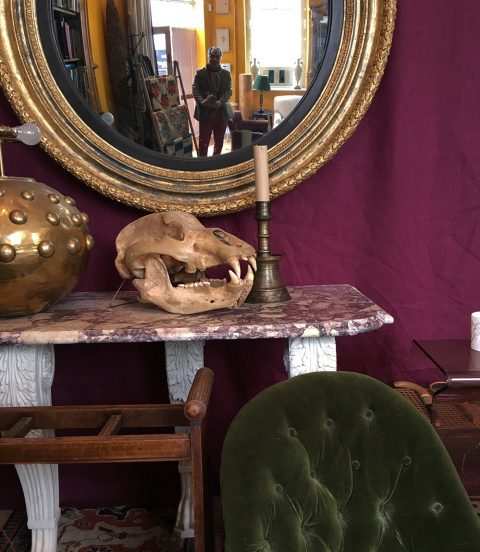
September 29, 2019Photographer Miguel Flores-Vianna appears in a rare selfie, taken in the shop of London antiques dealer Christopher Hodsoll in April of 2016. Top: The author’s photo of the Mosque of Ahmad ibn Tulun, shot during a trip to Cairo this past February. All photos by Miguel Flores-Vianna, courtesy of Vendome Press
Instagram is notorious for triggering bouts of wanderlust and FOMO (fear of missing out). And in an era when “influencer” is a job title, it’s natural to question the authenticity of a photo that looks spontaneous and casual but was more likely painstakingly orchestrated and carefully edited in an effort to somehow sell something to someone. And then, you come across the Instagram account of a tastemaker like noted interiors photographer Miguel Flores-Vianna, whose enthusiasm for the social media platform feels genuine and infectious, and you become a little less jaded. In his new book, A Wandering Eye: Travels with My Phone (Vendome Press), the Argentina-born, London-based lensman praises the “magical little app” for helping him reconnect with friends and discover “eye-opening aspects of the world.” The photos in the volume, which he originally posted on Instagram, seem intended not to incite envy but to impart the sense of wonder and discovery he experiences when traveling. In the book, the images speak for themselves. Here, their creator shares the tales behind them.
Osterley House
Isleworth, Middlesex, England
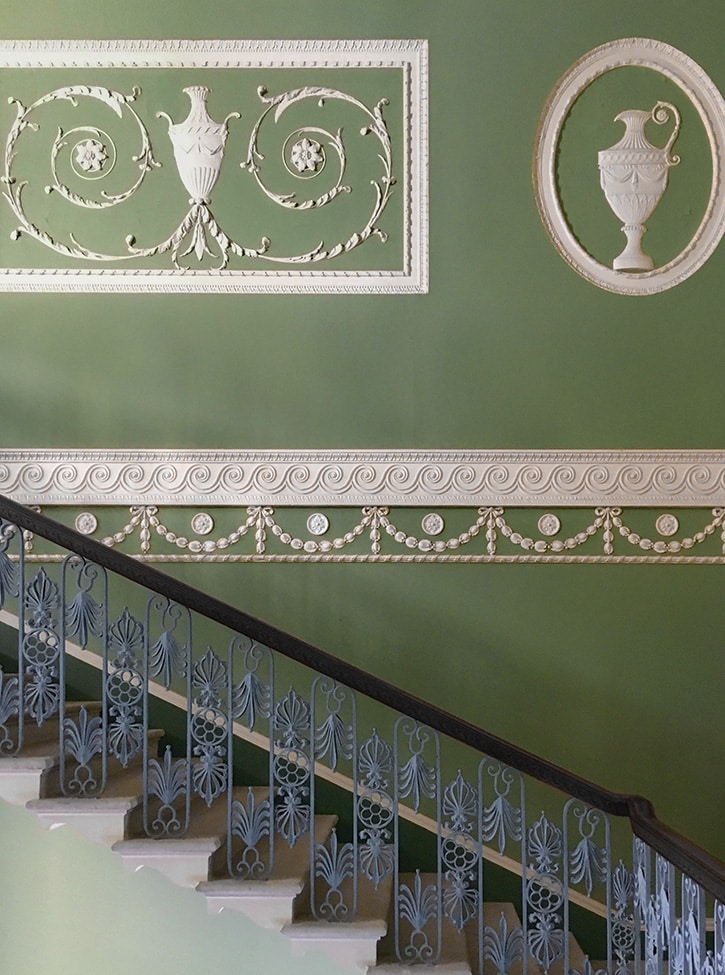
“Robert Adam was making a name for himself as an architect when he took on the assignment to remodel and decorate Osterley House for the Child family in the second half of the eighteenth century. Adam’s intricate plasterwork design in the entrance hall is one of the most wonderful examples of his oeuvre. It crawls and meanders over the walls in the most playful of fashions, creating patterns inspired by nature and classical architecture. The house is very close to London, and it is one of my favorite places to visit when I am home.”
Agios Spyridon
Nafplio, Peloponnese, Greece
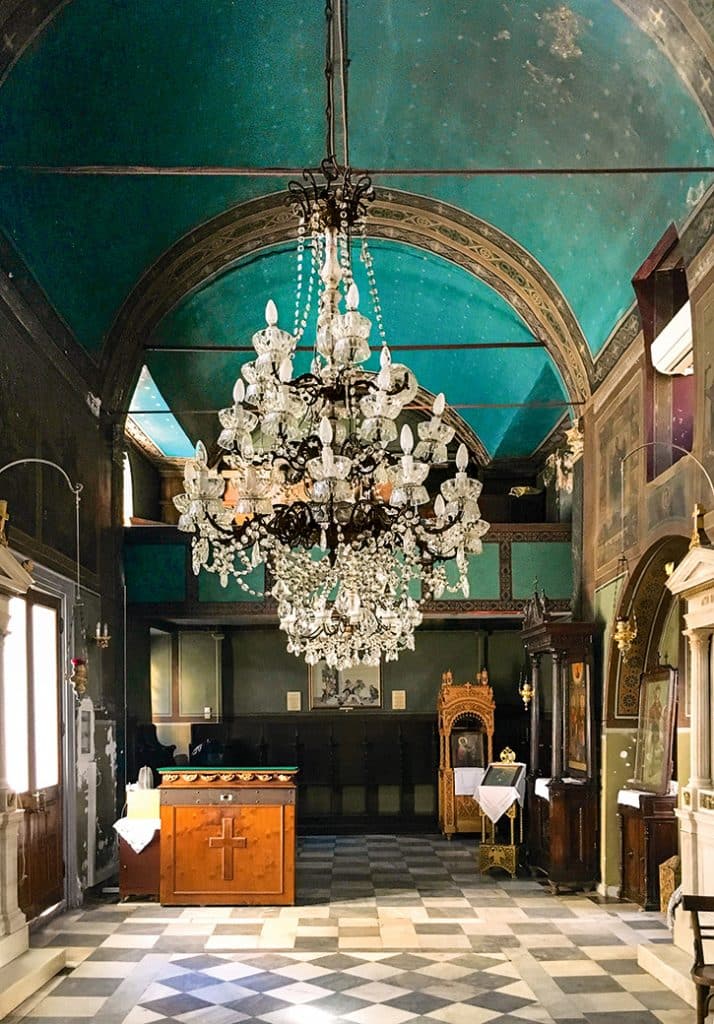
“This beautiful church is in Nafplio, in the northwest of the Peloponnese peninsula. In recent times, Nafplio played a big role in Greek history, as it was the first capital of the country after its independence from the Ottomans in the early nineteenth century. I am personally attracted to the city because of the romance of the name it was given in prints made around that time: Napoli di Romania. That name betrays the influence that the seafaring Venetians played in the area, where one often finds traces of architecture and certain foods that are a reminder of the commercial links with Italy. Agios Spyridon, a Greek Orthodox church in the middle of the old town, is well known, as it was there that, in September of 1831, Ioannis Kapodistrias, one of the heroes of Greek independence, was murdered. Although the church’s architecture can pale when compared with the building’s history, I was drawn to the blue of its ceiling and the amazing chandeliers hanging in its main nave.”
Château de Montigny
Les Cent-Acres, Normandy, France
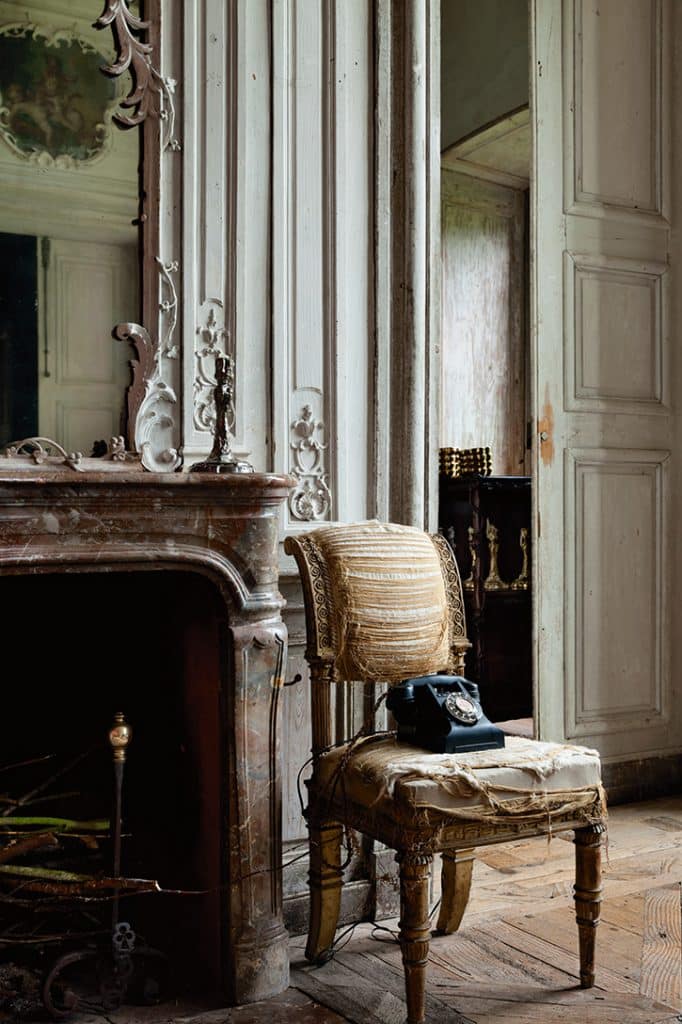
“This is an old telephone in the Indian Pink room at the Château de Montigny, about a two-and-a-half-hour drive southeast of Paris. British designer and antiquaire Andrew Allfree bought Montigny in the nineteen eighties and has restored it to perfection. He used various vivid hues in different rooms of the château, which surprise visitors every time they enter a new chamber. The colors are unexpected and not historically based, and yet the rooms seem to have been built for the hues Andrew used. The Indian Pink room got its name from the color of the cotton fabric — which he describes as ‘pink Venetian marzipan’; I love that — that he bought in Bombay and used to cover the walls. This particular setting captured my attention because I loved the playfulness of placing the old telephone, with a rotary dial, on the antique chair.”
Palm-Frond Chairs
Luxor, Egypt
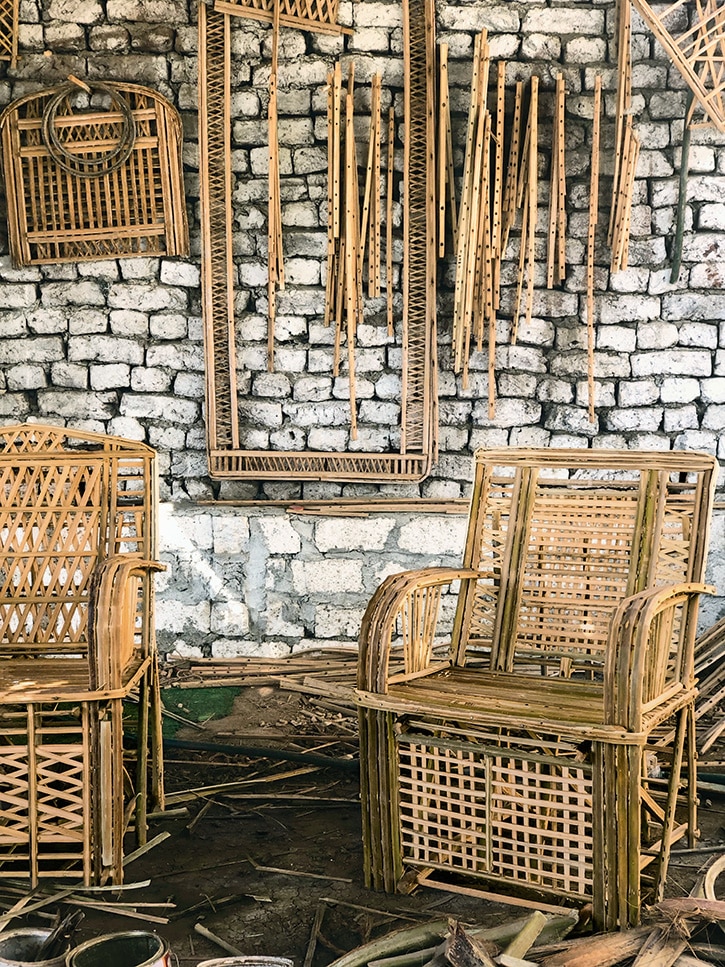
“This past February, I visited Egypt for the first time. It was, for me, a journey both of discovery and of the heart: of discovery, because everything I saw was new to my eyes, and of the heart, because it was my mother’s favorite country to visit, so as I traveled through it, I remembered her vivid descriptions. Mum loved the country’s history and relished telling you about the monuments along the Nile, but she also had a special soft spot for the furniture the Egyptians make with palm fronds. She even once tried to have someone in Argentina copy it for her. It was not a very successful project. This picture was taken in the garden of a furniture maker in Luxor, just after I had spent the morning visiting the Valley of the Kings. Like my mother before me, I have come to love Egypt immensely.”
Mosque of Ahmad ibn Tulun
Cairo, Egypt
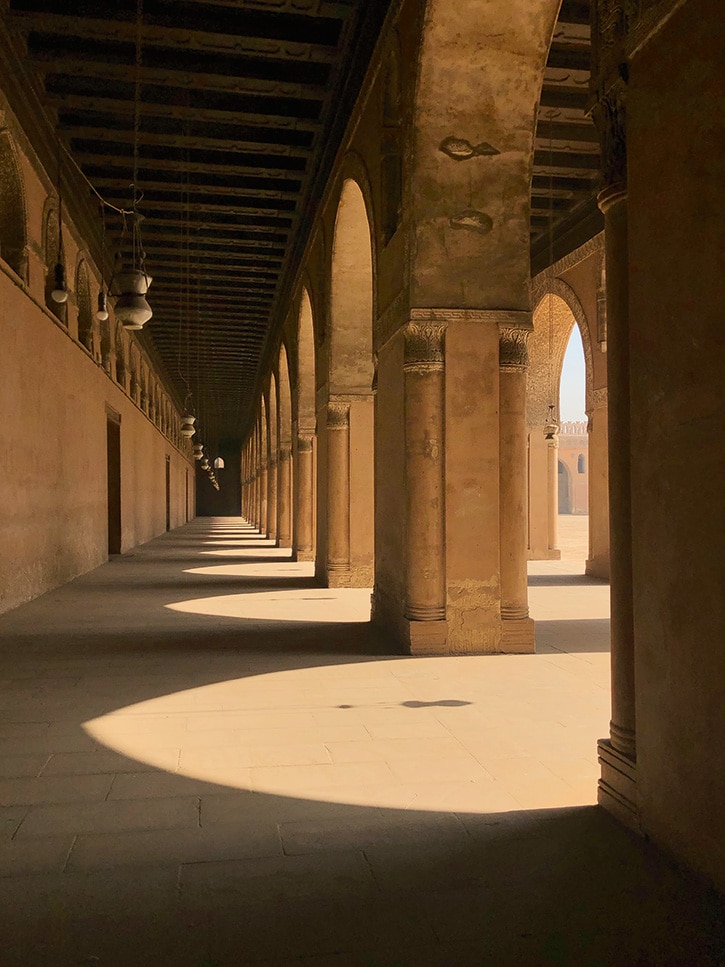
“Ibn Tulun — constructed in the ninth century on the orders of Ahmad ibn Tulun, a Turkish governor of Egypt — is my favorite mosque in Cairo. There is a legend about it that I find rather wonderful. It maintains that it is there, and not on Mount Ararat, that Noah’s ark came to rest after the deluge. But that is not the only reason I love the mosque. Cairo is a huge, buzzing metropolis, and its medieval area, where the mosque is, is overcrowded during business hours, so to enter this building, which is quiet and fairly empty, is very special. Its architecture consists of a central square surrounded by cloisters, which are what we see in this picture. Cloisters, I believe, are in Christian buildings — monasteries and such — and were used not only as places that connected different parts of a building but also as places to pace and meditate. The halls in this mosque are used as prayer rooms or halls, thus my usage of the word. I love the play of sun and shade that the architecture creates throughout the day.”
Home of Ursula and Lars Sjöberg
Upplands Väsby, Sweden

“Many years ago I showed longtime design editor Marian McEvoy some scouting pictures of a series of houses owned by Ursula and Lars Sjöberg, including images of this dining room in their three-hundred-year-old cottage on the outskirts of Stockholm, which is almost entirely furnished with eighteenth-century pieces commissioned by Swedish royalty. The Sjöbergs are a married couple who were single-handedly responsible for the huge comeback that Gustavian style enjoyed in the latter part of the twentieth century. ‘Lars is an art historian, without great fortune,’ I explained to her, ‘yet he keeps buying eighteenth-century houses in order to save and preserve them.’ I went on to talk about his passion and commitment to the architecture and decorative arts produced by his country during that century — a zealousness that had driven him to acquire more than ten residences, which he visited on an almost weekly basis, crisscrossing the land in his battered orange Volvo. Marian was impressed. ‘Well, Miguelito,’ she said, ‘I think your friend is the second King of Sweden.’ ”
Amber Fort
Jaipur, India
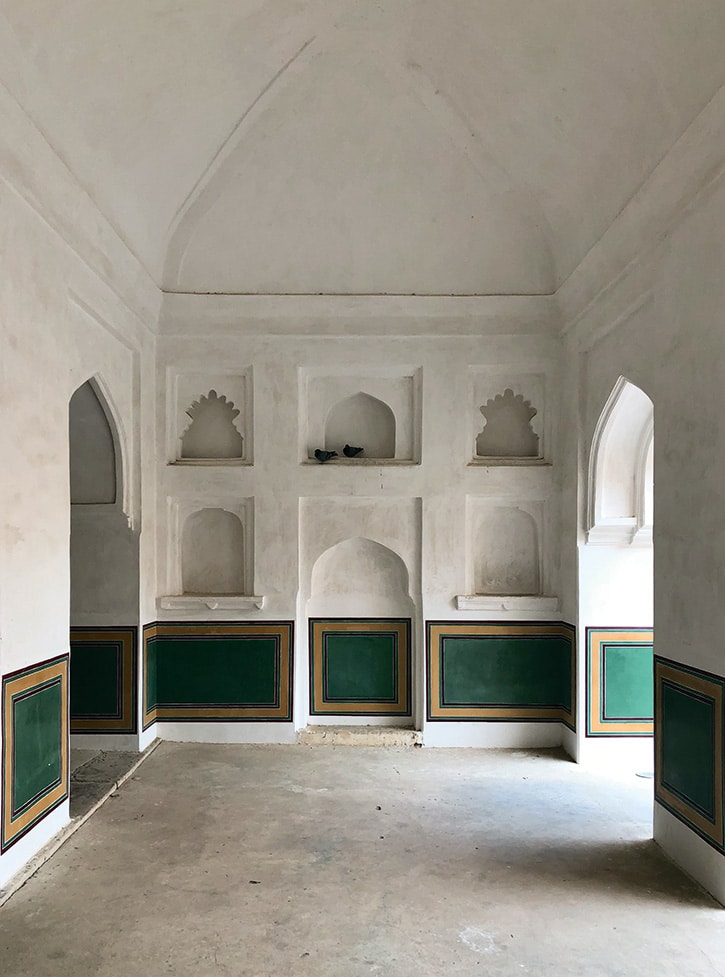
“Just outside the city of Jaipur, on hills covered with low bushes and populated by monkeys, is the Amber Fort, built for the Rajasthan ruling family. Though construction began in the tenth century, the fort that we see now is clearly influenced by later Mughal architecture. A series of connecting courtyards leads the visitor from public areas to rooms that were reserved for the royal family. This photograph was taken in one of those now-empty royal rooms. Its current emptiness and lack of decoration are the complete opposite of what one expects from Indian design, but to me, they give the room a timeless elegance that makes it look contemporary.”
Archeological Museum of Chora
Chora, Amorgos, Greece
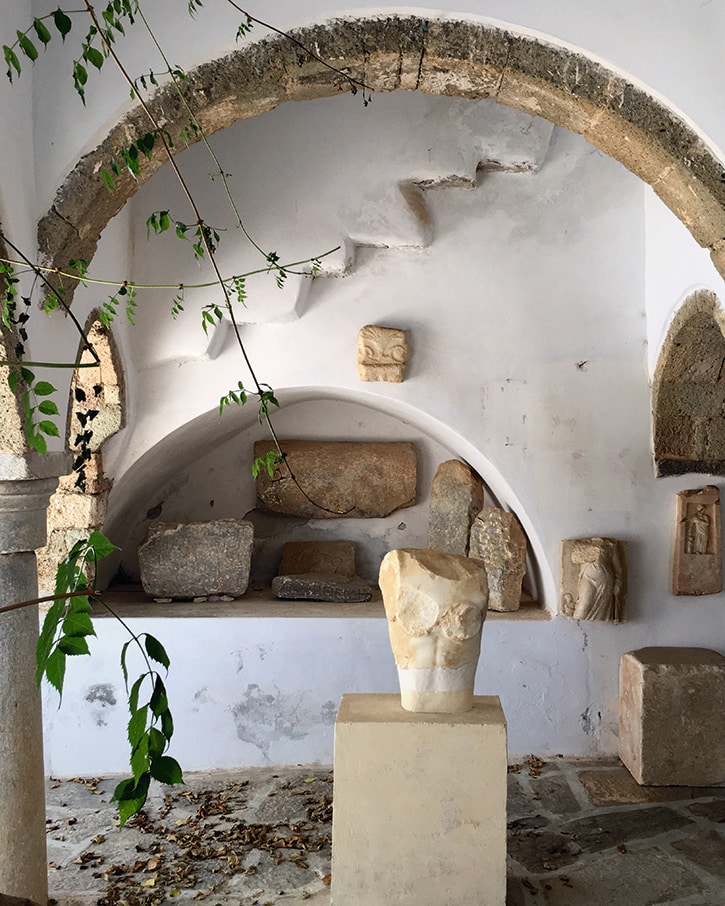
“The Meltemi winds were so strong during the days that we visited Amorgos, in the southern Aegean Sea, that we had to run for cover in an enticing courtyard. It turned out to be part of the island’s archeological museum — a small wonder in terms of its offerings and a huge relief from the persistent wind. I loved that all the objects exhibited by the museum were displayed in a relatively unsheltered, entirely unpretentious garden room. The Meltemi are strong northern winds that blow on the Aegean from May to September. They are said to drive evil spirits away but in reality are a welcome relief to the people who live on the Greek isles, helping them survive the summer heat. The word Meltemi is thought to derive from the Italian mal tempi, ‘bad weather.’ ”
Nicky Haslam’s House
Hampshire, England
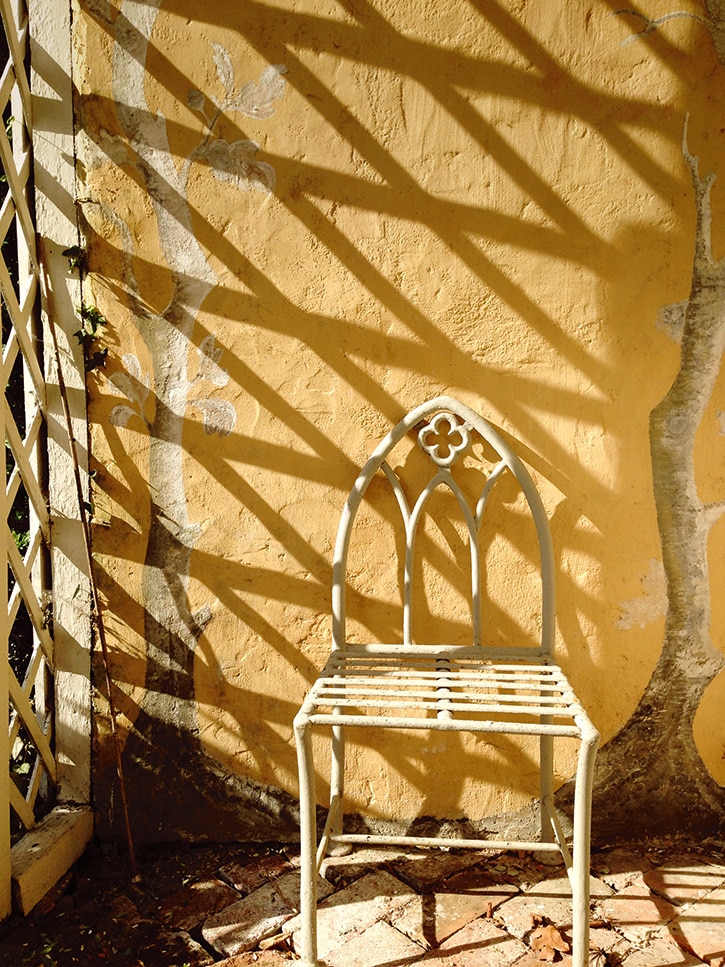
“A few years ago, I went to lunch at Nicky Haslam’s country house, a seventeen forties hunting lodge with imposing gables that suggest the building is much larger than it is. The relative smallness of the home renders it very charming and cozy, and while Nicky lived there — he is leaving this fall after forty years — there was no corner that was not filled with trophies and mementos from his rich and exciting life. I was the first to arrive to the lunch, getting to the house while Nicky was still busy getting things ready. I went to walk around the garden, a series of beautifully manicured outdoor ‘rooms’ gently sloping toward a pond. I saw this chair in one of the small buildings that dot the landscape. I never asked him anything about the chair; I just found its lines curiously similar to the shadows created by the sun on the wall behind it. That day, the lunch was full of interesting people, as is always the case when one is around Nicky, and we all loved the rosé that the butler kept pouring.”
Home of Anthea and Lawrence Mynott
Tangier, Morocco
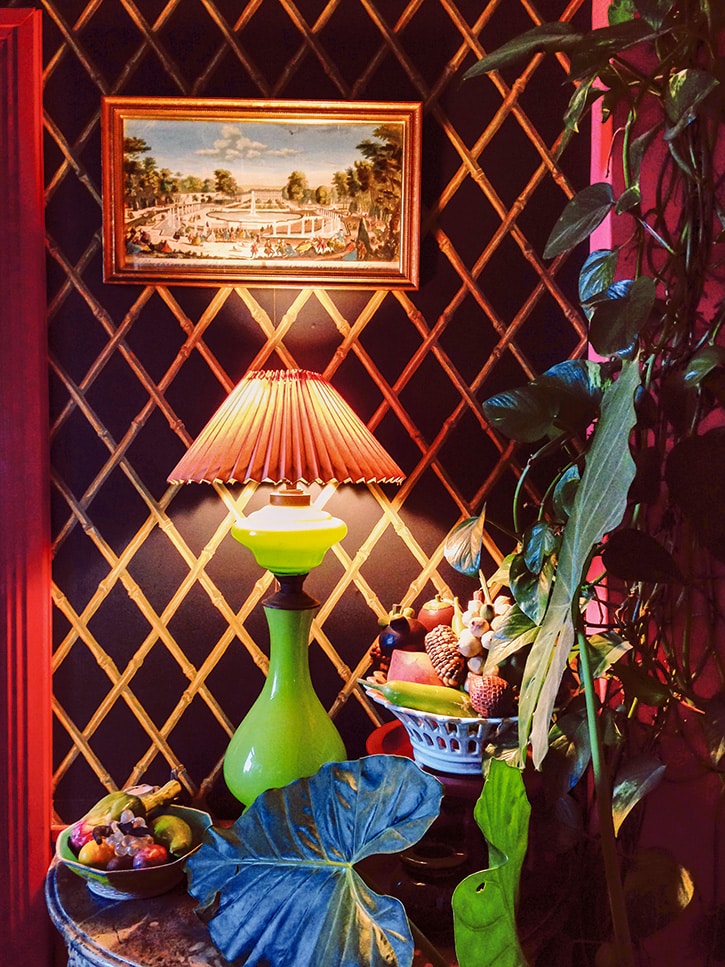
“I met Anthea and Lawrence Mynott a few years ago, when I went to shoot the house of Umberto Pasti in Tangier. I had known about them, as many of my friends were their friends. British expats who have been living in Morocco since the nineteen nineties, the Mynotts are at the center of all cultural and social activities in Tangier. They live in a top-floor apartment in a nineteen fifties building in the diplomatic quarter of the city, and their interiors are a bit of an Aladdin’s cave, filled with wonderful things gathered during the time they lived in London. Lawrence has a studio in the apartment, where he creates the beautiful illustrations and paintings he is so well known for. Anthea does all the graphic work for Marrakech’s Majorelle Garden and Yves Saint Laurent Museum. When I am in Tangier, we often dine together, and I always request that before we go to the restaurant of choice, we first meet at their apartment for a drink. One can see the whole of Tangier from their balcony and, on clear evenings, the twinkling lights that line the Spanish coast across the Strait of Gibraltar.”
